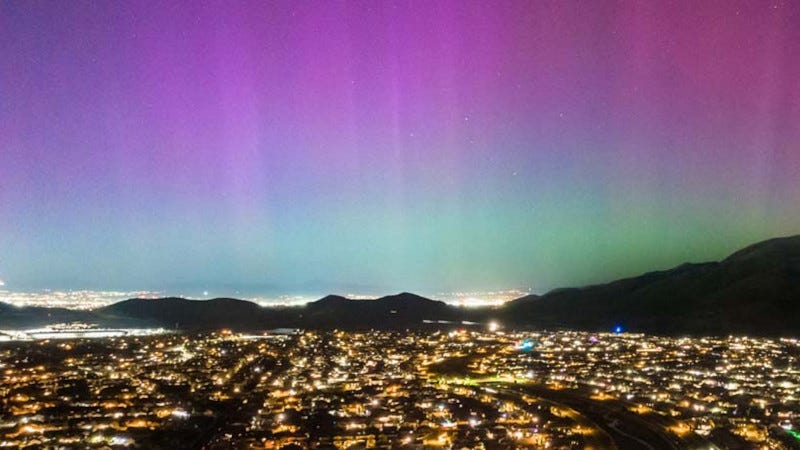Decadal Survey for Solar and Space Physics Released
Investments in New Programs, Satellite Constellations, Space Weather Recommended
A new report from the National Academies of Sciences, Engineering, and Medicine presents a vision for solar and space physics to advance understanding of physics in space; comprehend the nature of the complex interactions between Earth, the sun, and the surrounding space environment; safeguard Earth from the harmful effects of space weather; and support…




